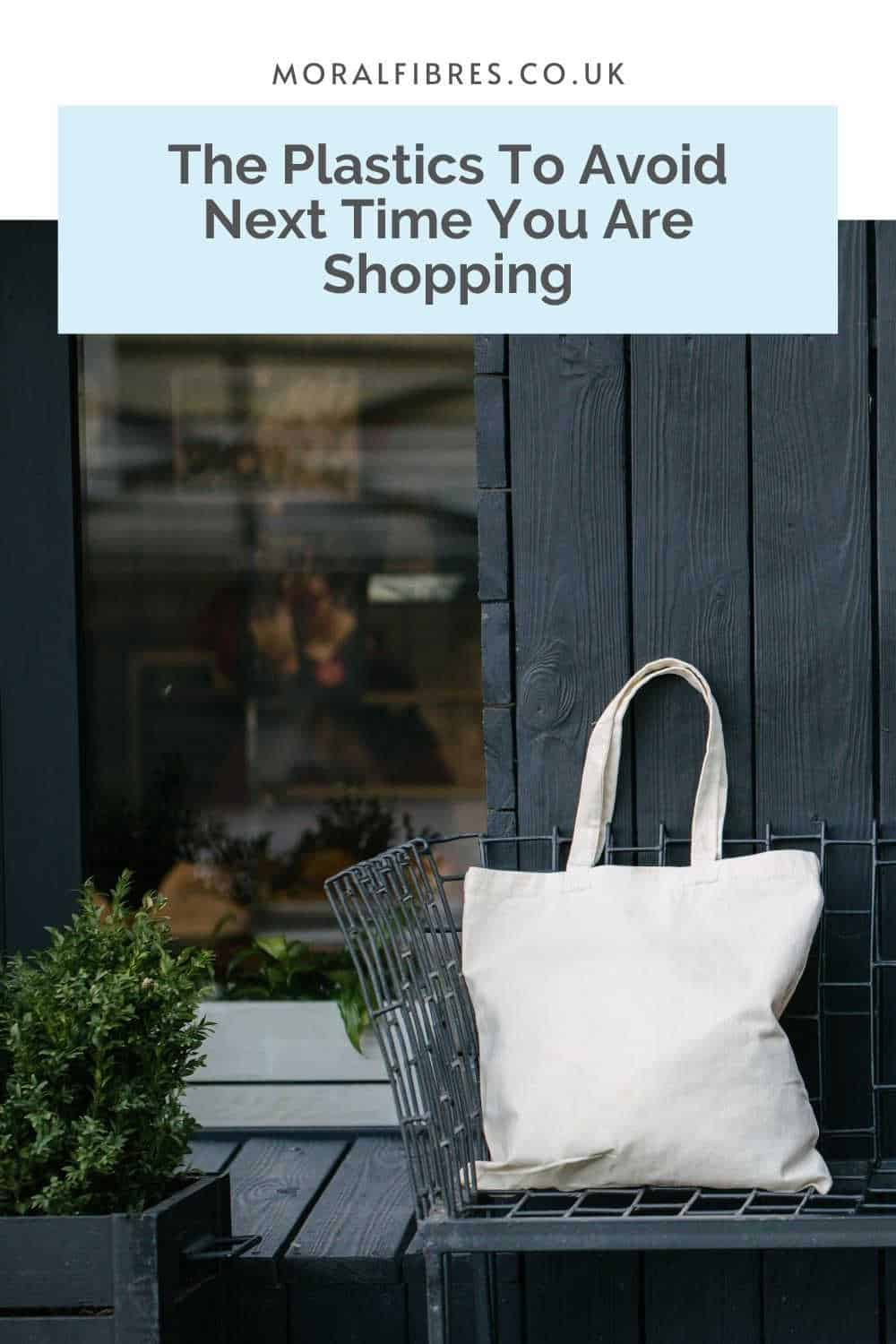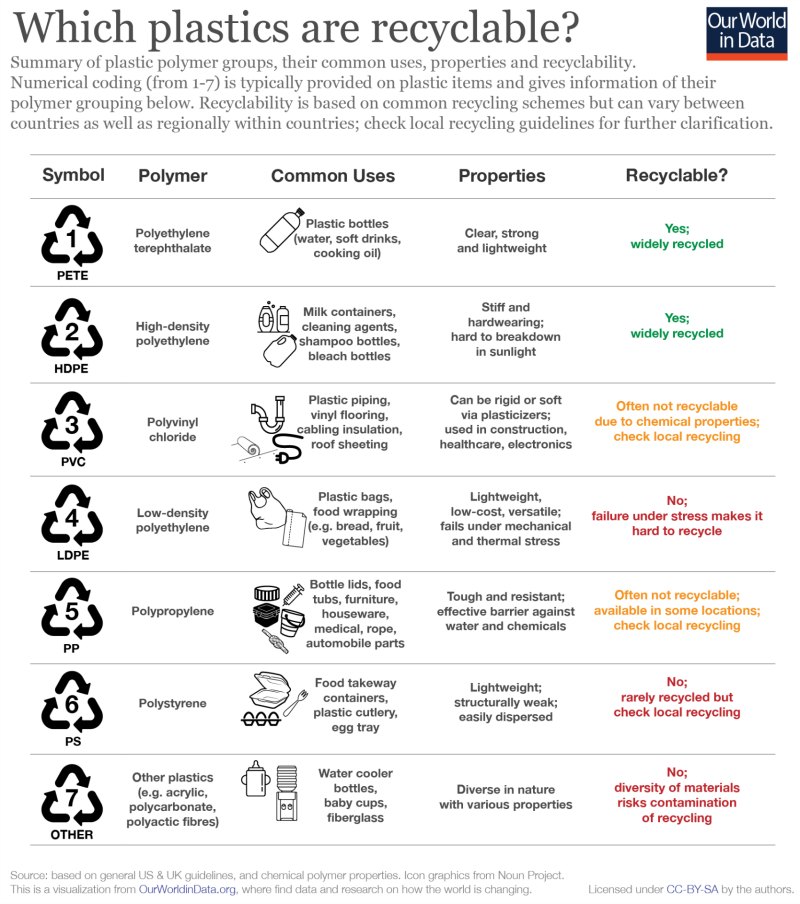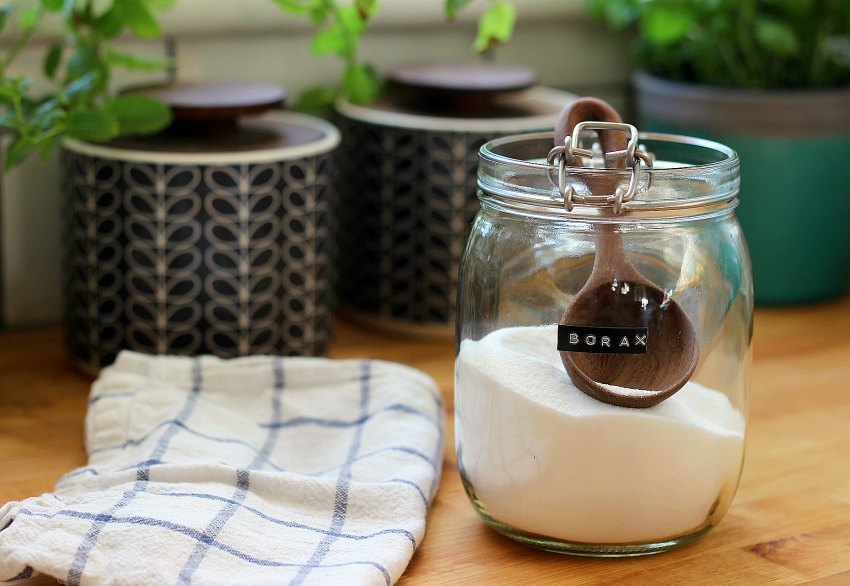The Plastics To Avoid Next Time You’re Shopping
To support the running costs of Moral Fibres, this post may contain affiliate links. This means Moral Fibres may earn a small commission, at no extra cost to readers, on items purchased through these links.
Wondering what plastics to avoid next time you are at the supermarket? Here’s a look at the ones you should be wary of.
Many of us are trying to avoid plastic as best we can. Yet going 100% plastic-free isn’t something I have been able to get close to – particularly when it comes to food shopping.
It’s certainly a work in progress. However, the plastic-free movement is tied to a lot of privilege – in terms of money, time, access to shops, health, capacity, and ability. Plus retailers haven’t stepped up quite as much as they should have when it comes to avoiding plastic waste. As such, without Government intervention, it’s unlikely to become a realistic endpoint any time soon for many.
While it’s tricky to completely avoid plastic, one thing we can do is make better choices about the types of plastic that come into our lives. One of those is to try and avoid certain types of plastic. Here are the types to avoid and why.
The Plastics To Avoid

According to research from the University of Oxford, of the plastic waste produced between 1950 and 2015, only 9% of that was actually recycled. And while the UK Government pledged to increase the UK’s recycling rate to 50% by 2020, what actually happened was recycling rates dropped.
Part of that reason is that recycling can be complex. The array of numbers on plastic can be difficult to understand. Plus what can be recycled varies from local authority area to local authority area. However, one of the best ways to help ensure that your plastic is actually recycled is to understand a bit more about the different types of plastic used in the products we buy.
This is a really useful table from The University of Oxford about different types of plastic and their recyclability. Every local authority area is different in what they will accept for recycling so treat this as a more general guide.
The Types of Plastic
Remember, to increase the chance of an item being recycled, make sure it’s thoroughly washed – without any food on it.
Understanding what’s recyclable is only half the battle. It’s crucial to remember that recyclability doesn’t automatically translate to economic feasibility. Put simply: some plastics simply aren’t worth the expense of recycling them.
It’s easy to forget that recycling is a global industry when we put our recycling bins out on the kerb on bin day. I think a lot of us see recycling as a public service. However, it’s actually a huge multi-billion pound global industry. Yep, an industry, which, like any industry, makes decisions based on cost-effectiveness.
Related Article: Are You Recycling Plastic Bottles Correctly?
The Colour & Type Of The Plastic Is Important Too
Recycling companies sell recycled plastic pellets to manufacturers as a raw material. Each different type of plastic, and crucially the different colours of the pellets commands a different value.
I’ve put together a graphic indicating the maximum price per tonne recycling companies can earn for different types of plastic. This was correct as of April 2024:
As you can see, different plastics are worth different amounts. Clear, white, and light blue plastics (both HDPE and PET plastics) are worth considerably more than coloured plastics, or composite plastics.
The reason for this variation in price is that clear, white and light blue coloured plastics can be recycled. They then can be used to make a variety of different products. It’s easy to add pigment to them to make them different colours if required by manufacturers. This gives these types of plastics lots of flexibility in their usage.
Coloured plastics on the other hand, when recycled, turn a murky brown colour. This isn’t particularly desirable to manufacturers. This is because the plastics can only be made in the dark murky brown shade or darker. You can’t go lighter. As such, whilst you can put these items in the recycling bin for recycling, what you won’t see is that more than likely, further down the recycling chain, these green, red or brown PET plastic bottles may get sifted out at a recycling centre and sent to landfill.
Takeaways On The Plastics To Avoid
There’s a lot of information here. However, the main takeaway on the type of plastics to avoid is to avoid coloured PET. This is the plastic most commonly used for soft drinks, bottled water, and cooking oil. Clear ones are worth money to recyclers. Coloured ones, on the other hand, are less likely to be recycled due to their low value.
Remember, I’ve displayed the maximum price available to recyclers in the graph. In some cases, such as for coloured PET, the minimum price available to recyclers is a negative value. This means recyclers have to pay to recycle them.
When choosing cleaning products and things like shampoos, and other beauty products which are commonly housed in HDPE bottles, choose products in a clear bottle preferably. If not clear then choose a white bottle. The clear bottles especially are worth over twice as much money to recyclers than the ones in coloured bottles. As they’re the plastic product yielding the most money to recyclers they are most likely to be recycled.
Manufacturers of eco products who use coloured plastic in their packaging know that this reduces the likelihood of the products being recycled. As such, I’d treat this as a form of greenwashing. If you know of a company doing this email them, or contact them on social media to ask them why they aren’t using clear plastic.
Of course, plastics can only be recycled a certain number of times before it isn’t viable to recycle them anymore, whatever the colour. But let’s help increase our shockingly low recycling rates by demanding that manufacturers make better packaging choices based on recycling values.
PS: If you enjoyed this, take a read of my article on are biodegradable plastics good for the environment.
Found this post useful? Please consider buying me a virtual coffee to help support the site’s running costs.






